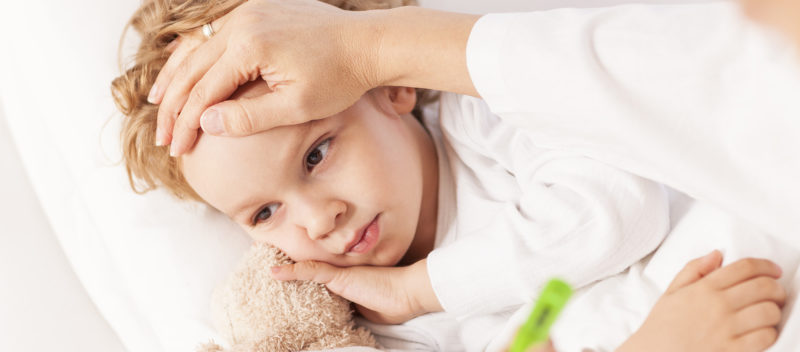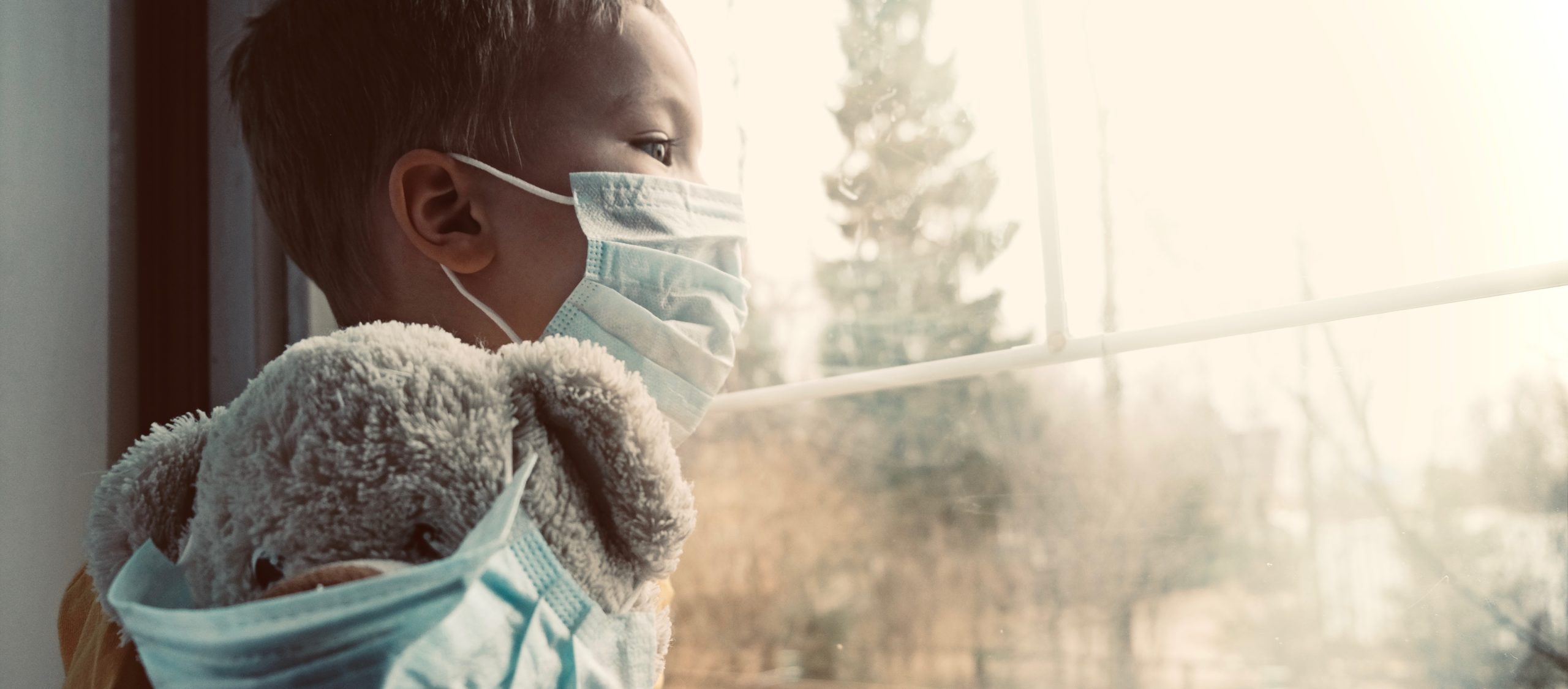Kawasaki disease is one of those conditions that many people haven’t heard of, until one of their loved ones is affected. While it is rare, it is important to be aware of because it can be easily misdiagnosed as other more common viral illnesses.
The earlier it is diagnosed, the more likely the potentially severe symptoms can be avoided. Generally speaking, the most significant problem is inflammation and dilation of the coronary arteries. We want to prevent this because when the coronary arteries are impacted, it can lead to significant problems for the heart. Here are the top things to remember about Kawasaki disease:
Top 5 Things to Remember About Kawasaki Disease
-
It’s the leading cause of acquired heart disease in children.
While the majority of heart disease in children is congenital (present at birth), it is possible for kids to develop heart disease later in childhood. Kawasaki disease is the leading cause of acquired heart disease in kids. It mostly affects younger children, with the average age of diagnosis around 2 ½ years old.
-
We don’t know what causes it, but we suspect it’s viral.
Scientists have been studying this condition since the mid 60s and 70s. We believe it’s viral because it is more common in the winter and spring months. It was first documented in Japan, and is most common in Japanese children and other children of Asian descent. However, it can effect all ethnicities.
-
It’s diagnosed by observing a group of symptoms.
A child must first have a fever for at least five days and greater than 100.4°F. Unfortunately there is no test for Kawasaki disease. It is diagnosed by observing a series of symptoms, which can occur in any order. We use the acronym, “CRASH and burn” to remember them:
C – CONJUNCTIVITIS: The white part of the eyes get really red but have no drainage.
R – RASH: Which is red but generally not itchy.
A – ADENOPATHY: One side of the neck will be swollen in the lymph nodes.
S – STRAWBERRY: Their tongues will resemble the fruit: red, swollen, beefy, with little indentations that look like a strawberry. However, it can also cause dry, red, swollen, cracked red lips.
H – HANDS and feet: The hands and feet will swell, and potentially two weeks later, they will peel.
Burn – This describes the fever that is typical of all Kawasaki disease. The fevers are typically high, 103-104 °F and last for at least five to seven days or longer. In general, a child must have five days of fever to consider a Kawasaki Disease diagnosis. -
The symptoms don’t happen all at once.
Some children will have all of these symptoms and a fever. Others may have just two or three of the symptoms, along with the fever. Either way, the symptoms don’t show up at the same time, but rather in a series.
Doctors will start considering Kawasaki disease around day five to ten of having various symptoms, along with a high fever, without getting better.
-
Prompt treatment improves outcomes.
Because Kawasaki disease is an overall inflammatory condition, the coronary arteries in the heart can be affected if it’s not caught early and treated. The good news is that only about 25% of children with Kawasaki disease will have coronary involvement. If treatment starts within the first 10 days, the likelihood of the arteries being affected decreases to 5%.
If your child’s doctor suspects Kawasaki disease, you’ll likely be referred to the Emergency Department and see a pediatric cardiologist for an echocardiogram. With this diagnostic test, we’ll be able to look at images of the coronary arteries to determine if they are inflamed or dilated. The treatment is an anti-inflammatory blood infusion called intravenous immunoglobulin (IVIG). We’ll also start your child on aspirin to thin the blood and prevent clotting.
Putting It All Together
So what are the trigger points for which parents should be more concerned about their child’s symptoms?
Most viral illnesses will resolve on their own within five to seven days. If your child has had a fever for seven days or longer, I recommend further exploration with your child’s doctor. It’s important to note that babies under six months of age are the most likely to have persistent fever without any other symptoms. If your child’s doctor suspects Kawasaki disease, evaluation by a pediatric cardiologist will likely be the next step.
To learn more about our Coronary Artery Clinic, please visit our website or call 513-636-4432.



This is a good article about raising awareness about the symptoms of KD. Can you do another, one in the future, about the possible long-term effects of the disease and the latest research, by KD experts, on getting follow-up care even if there was no sign of complications from the disease?
My sister had KD, At age three, and was cleared with no evidence of the disease and went on to lead a normal life. She unexpectedly suffered a fatal heart attack, at age 37. Her pathologist determined the heart attack was caused by long-term effects of KD. I will be happy to share more if her story if it can help someone else. Thanks for all you are doing.
https://healthsciences.ucsd.edu/som/pediatrics/research/centers/kawasaki-disease/parents/Pages/Long-Term-Effects-of-KD.aspx